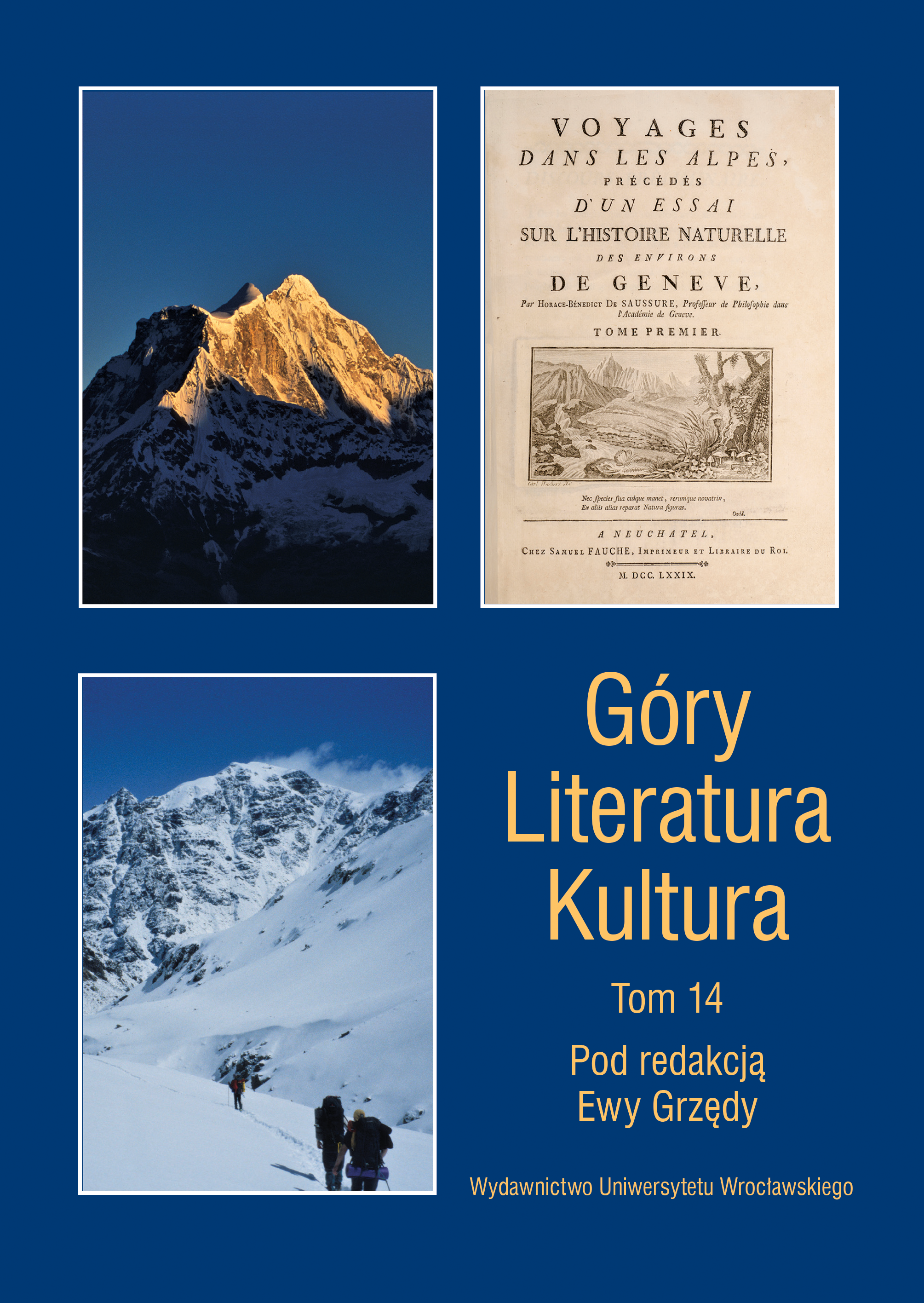

Rozprawy i szkice

Lepchas are an indigenous people inhabiting the foothills of the eastern Himalaya. Their myths and narratives provide evidence that they belong to this land, and had not migrated from any other region. Presently the Lepchas reside in remote Himalayan valleys, where they were gradually driven by successive waves of immigrants from Tibet, Nepal and West Bengal. Lepchas are intrinsically devoted to nature. The rivers, lakes, rocks, forests and all animals seem to be sacred to them. They worship the Himalayan peaks towering over their villages. Every clan has his own sacred mountain and lake. The most important goddess is the mighty eight-thousander peak of Kangchenjunga that is clearly visible from every Lepcha village. Lepchas believe that their ancestors were created from the snows of the Kangchenjunga. Now, they are living together with gods in the Mayel Lyang — the mythical paradise hidden somewhere on the slopes of the mountain, inaccessible for mortal beings. Over the generations, the Lepchas have accumulated an extraordinary amount of knowledge about the climate, meteorological phenomena, geography of the region, and agriculture on steep slopes. These people fulfil their needs with natural resources as well as the help of hard work, and have great care for nature. Lepchas know all the animals and wildly growing plants there, and their rich language has names for even the smallest of them. The most impressive is their adaptation to life in extremely difficult geographic and climatic conditions with the constant risk of earthquakes, floods and landslides caused by heavy rainfalls of the monsoon season. Their farms are small and modest, but well adapted to those threats. Family and clan ties are very strong. They help each other with houses construction, sickness care, and agricultural harvest. Lepchas do not care for material goods and despite extremely difficult conditions they are happy and content with their life. Their attitude towards life may be an inspiration for us, inhabitants of the “first world”, addicted to consumerism and materialistic values.